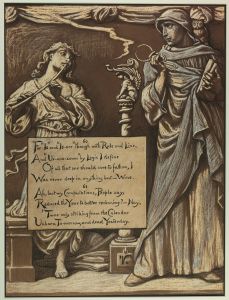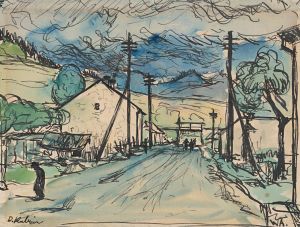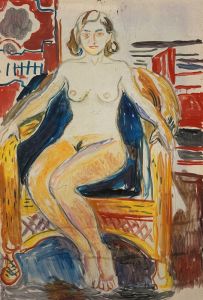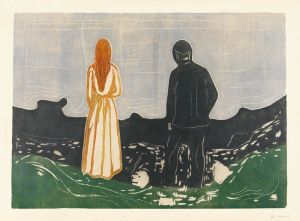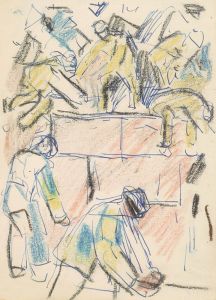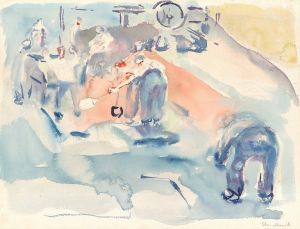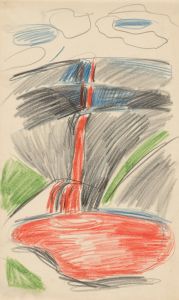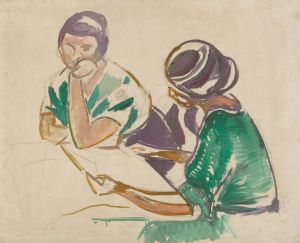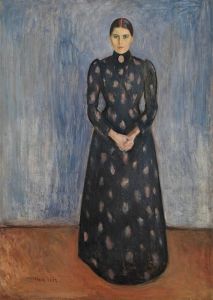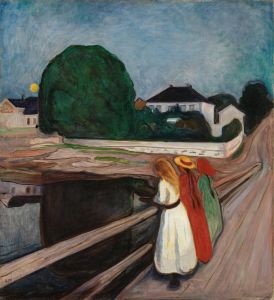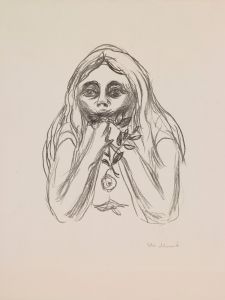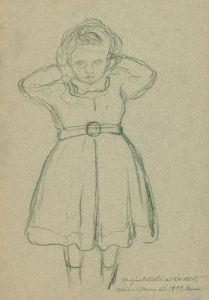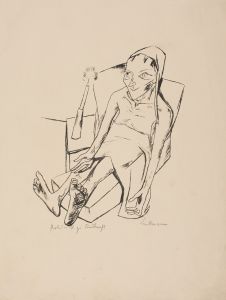
Kvinneakt
A hand-painted replica of Edvard Munch’s masterpiece Kvinneakt, meticulously crafted by professional artists to capture the true essence of the original. Each piece is created with museum-quality canvas and rare mineral pigments, carefully painted by experienced artists with delicate brushstrokes and rich, layered colors to perfectly recreate the texture of the original artwork. Unlike machine-printed reproductions, this hand-painted version brings the painting to life, infused with the artist’s emotions and skill in every stroke. Whether for personal collection or home decoration, it instantly elevates the artistic atmosphere of any space.
Edvard Munch, the renowned Norwegian painter best known for his iconic work The Scream, created Kvinneakt (translated as "Female Nude" or "Act of a Woman") as part of his exploration of human emotion, intimacy, and the human form. This painting is one of many works by Munch that focus on the female figure, a recurring subject in his oeuvre. Munch’s art often delves into themes of love, anxiety, and existentialism, and his depictions of women frequently reflect these broader concerns.
Kvinneakt portrays a nude female figure, rendered in Munch's characteristic expressive style. The painting emphasizes emotional resonance over anatomical precision, with bold, fluid brushstrokes and a vivid, sometimes unsettling use of color. This approach aligns with Munch's association with Symbolism and his influence on the Expressionist movement, both of which prioritize the evocation of mood and psychological depth over strict realism.
The exact date of Kvinneakt is not definitively documented, but it is consistent with Munch's broader body of work from the late 19th and early 20th centuries. During this period, Munch was deeply engaged in exploring themes of human vulnerability and the complexities of relationships, often using the female form as a central motif. His works from this time frequently depict women in various roles, such as the innocent maiden, the passionate lover, or the enigmatic femme fatale, reflecting societal attitudes and personal experiences.
Munch's treatment of the nude in Kvinneakt is notable for its raw and unidealized portrayal, which contrasts with the more polished and idealized depictions of the human body common in traditional academic art. This approach underscores Munch's commitment to capturing the emotional and psychological essence of his subjects rather than adhering to conventional standards of beauty.
As with many of Munch's works, Kvinneakt reflects his interest in the interplay between the individual and their environment. The background, though less detailed, often contributes to the overall mood of the piece, creating a sense of isolation or intimacy that complements the figure's pose and expression.
While Kvinneakt may not be as widely recognized as some of Munch's other works, it remains an important example of his innovative approach to art and his ability to convey complex emotions through the human form. The painting exemplifies Munch's enduring impact on modern art and his role as a pioneer of Expressionism.





